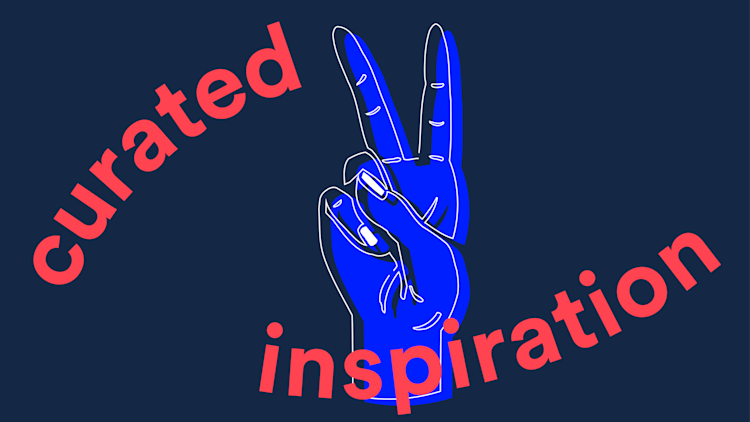Insights
Curated Inspiration: Design Systems

If you work in design, you are likely to already understand the importance of design systems. Nowadays as systems are ever-expanding, it’s crucial to have a set of patterns in place. This helps a digital team work faster and in a more cost-efficient manner, while also allowing teams to avoid design inconsistencies that can potentially ruin the entire experience of a product. Since we would like to avoid these types of mistakes, we’ve gathered three articles that provide guidance. Read further for some design system inspiration.
Design Systems: The Missing Ingredient
Source: https://medium.com/each-other/design-systems-the-missing-ingredient-c3985a0d4e7e
Are you someone who is skeptical about design system because you’re convinced no one will actually use it in real life? According to this author, there is a solution.
The manner in which teams work has changed significantly over the years—modern teams consist of diverse people working from different locations on different parts of the product. So the best way to make all these separate parts come together seamlessly is by having a design system in place and approaching it like a product.
In order for a design system to actually be used, it’s necessary to make it relevant for the people who will reference it. That means establishing a governance team while allowing the larger team contribute to the design system. The role of the governance team is to vet contributions to ensure they are in alignment with the product. Since the success of a design system not only depends on the system itself, but also on the activities that support it, empowering a governance team makes all the difference.
Integrating Animation into a Design System
Source: https://alistapart.com/article/integrating-animation-into-a-design-system
This article will tell you everything you need to know about how to integrate animations into your design system. The process starts by determining the purpose and feel of your animations, and then breaking the process down further into three easy-to-follow steps.
The first steps involves looking at what’s already there, and specifying the patterns according to how they have been used in the past. The second step determines building blocks ranging from timing to properties; these are all values that will assist your team in expanding your animation repertoire. Lastly, establish guiding principles for further creation down the line so the entire process runs smoothly. If you’re looking for more information about a particular step, the author provides several resources that go further in-depth about each topic.
Programming Design Systems
Source: https://programmingdesignsystems.com/introduction/
If you are looking for a longer read on this topic, this free book offers an introduction to using programming as a tool for graphic design. Since code enables us to create more beautiful designs than ever, all future-oriented graphic designers should become acquainted with the possibilities of code.
Whether you’re a designer who wants to improve your programming skills or a programmer who wants to learn more about graphic design, this book provides useful insights. It consists of short, easy-to-read chapters which include exercises should you want to apply your newly gained knowledge right away.
We'll be back next month with a new dose of inspiration! And if you need guidance on design systems, we want to hear from you.